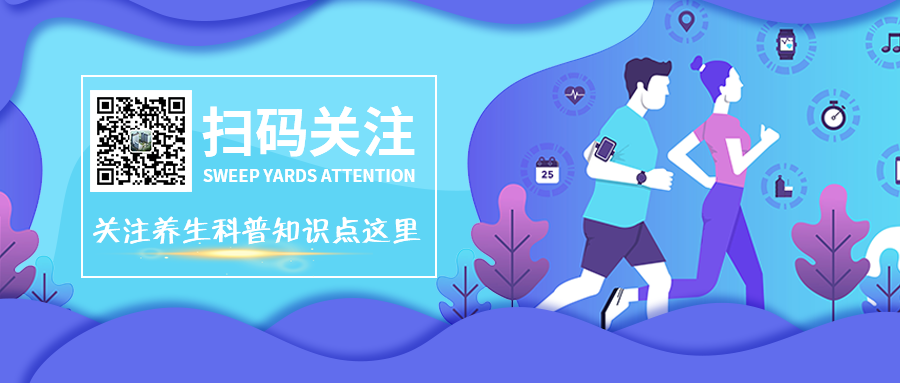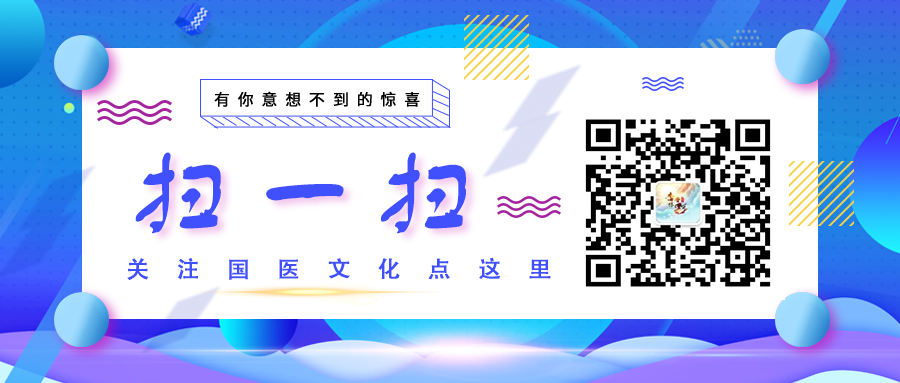Click the blue text above to follow「Shanxi Provincial Hospital of Traditional Chinese Medicine」
Pharmacy Department, Xi Xiaohu
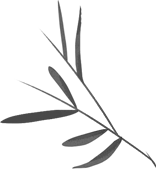
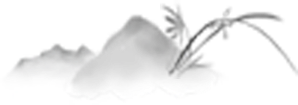

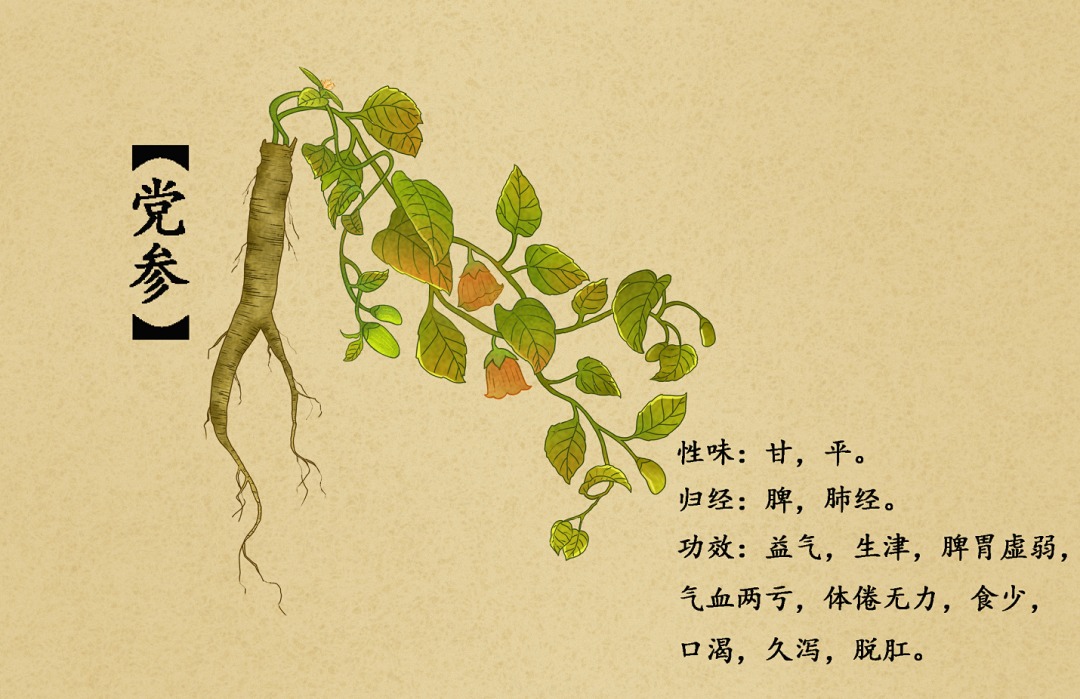
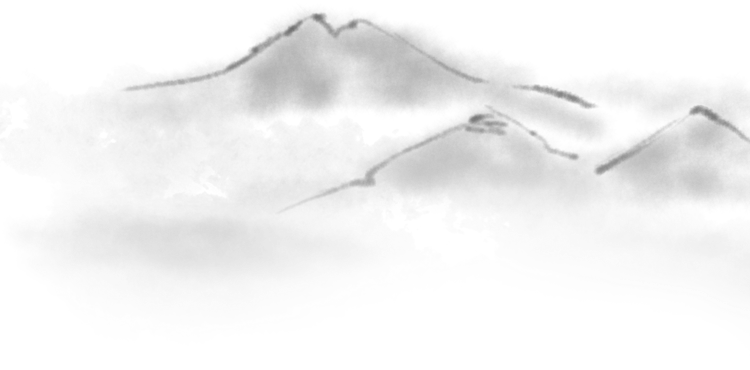
Dang Shen
Dang Shen (Codonopsis pilosula)
Dang Shen is neutral in nature and has a sweet flavor, entering the Spleen (Pi) and Lung (Fei) meridians, it tonifies the middle and benefits Qi, nourishes blood and generates fluids. Ginseng (Ren Shen) tonifies Qi, but does not have the ability to nourish blood; Angelica (Dang Gui) nourishes blood, but lacks the ability to tonify Qi; whereas Dang Shen tonifies both Qi and blood, possessing both functions, thus it has its unique advantages. The “Compendium of Materia Medica” states: “It can strengthen the Spleen and nourish the Stomach, moisten the Lung and generate fluids, and invigorate the middle Qi. It is not far from Ginseng, but what is particularly valuable is that it strengthens the Spleen without being drying, nourishes blood without being greasy, and encourages clear Yang, invigorating the middle Qi without the drawbacks of being overly forceful.” Symptoms of dual deficiency of Qi and blood include shortness of breath, palpitations, fatigue, pale complexion, dizziness, soft stools, and weakness of the Spleen and Stomach, fatigue and poor appetite, insufficient Lung Qi, shortness of breath and cough, and those with blood deficiency and fluid damage can benefit greatly from it. In acute cases, Ginseng is preferred, but for general use, Dang Shen can be used for tonification and disease prevention.
Dang Shen Dietary Therapy

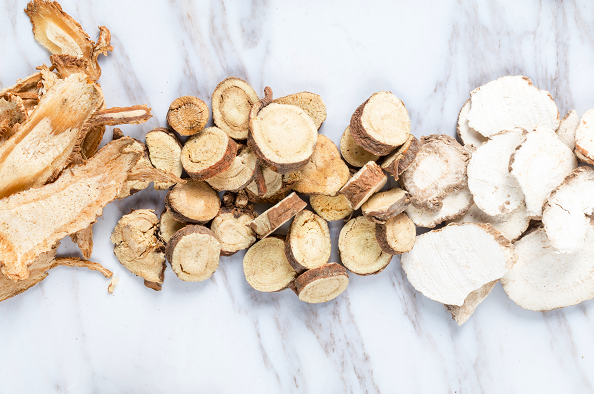
There are many daily health-preserving methods using Dang Shen, which can be used to brew tea, cook porridge, or make soup. Here are a few for reference:
1. Brewed Tea
Dang Shen and Huang Qi Tea
Ingredients: 10g Dang Shen, 10g Huang Qi (Astragalus), 5g Goji Berries, 1 slice of Licorice, 4 bowls of water.
Preparation: Add Dang Shen, Huang Qi, Goji Berries, and Licorice to 4 bowls of water, simmer until reduced to 2 bowls.
Function: Tonifies the middle and benefits Qi, nourishes blood and generates fluids, used for symptoms of Qi and blood deficiency.
Dang Shen and Red Date Tea
Ingredients: 9g Dang Shen, 10 Red Dates, appropriate amount of tea leaves.
Method: Brew as tea, consume within one day, and take continuously.
Function: Tonifies the Spleen and harmonizes the Stomach, benefits Qi and generates fluids, harmonizes Ying and Wei. Commonly used for Spleen deficiency, poor appetite, post-illness Spleen weakness, loose stools, weight loss, fatigue, palpitations, anemia, and low fluids.
2. Cooked Porridge
10g Dang Shen, 30g each of Shan Yao (Chinese Yam) and Yi Yi Ren (Job’s Tears), 10 Red Dates, 50g rice.
Function: Cooked as porridge, it can strengthen the Spleen and benefit Qi, suitable for patients with Qi deficiency.
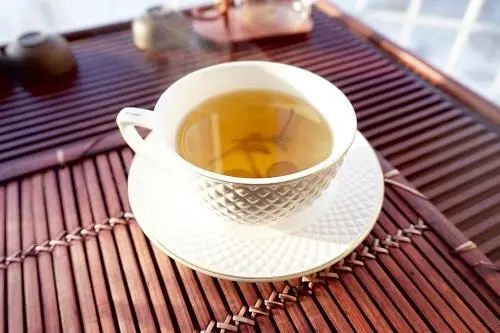
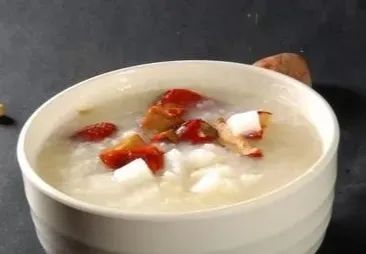

3. Stewed Dish
10g Dang Shen, 5g Dang Gui (Angelica), 10 Red Dates, 1 young chicken.
Preparation: Clean the young chicken and cut into pieces. Add Dang Shen, Dang Gui, and Red Dates to the chicken pieces, add appropriate amount of water, and stew for 14 hours. Add appropriate seasonings, consume the meat and drink the soup. Regular consumption has the effect of benefiting Qi and nourishing blood.
When using Dang Shen, attention should also be paid to contraindications and precautions, such as not using it with Li Lu (Veratrum), not using it with vinegar, not eating it raw or in large amounts for a long time, and not consuming it with peach, radish, or eggplant; the general dosage is 10-30 grams, exceeding 60 grams may lead to discomfort in the precordial area and arrhythmia; it is not suitable for use in excess conditions or heat conditions. It should not be used casually; consult a professional doctor or pharmacist for advice.
-END-
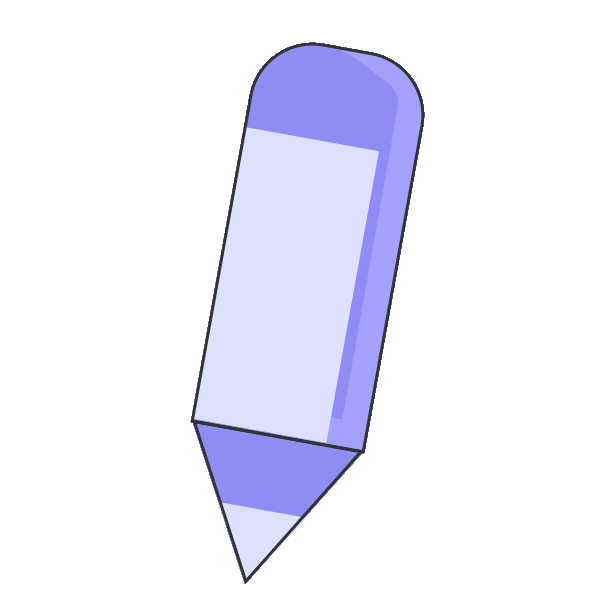
Images: Shetu Network
For consultation, reprinting, or infringement removal, please contact WeChat
gjx515702136

Hospital Address
Shanxi Provincial Hospital of Traditional Chinese Medicine Main Hospital
Address: 46 Bingzhou West Street, Yingze District, Taiyuan City
Contact Number: 0351-4668290
Shanxi Provincial Hospital of Traditional Chinese Medicine Heping Branch
Address: 336 Heping South Road, Wanbailin District, Taiyuan City
Contact Number: 0351-6073285/0351-6073952
Shanxi Provincial Hospital of Traditional Chinese Medicine Shengli Branch
Address: 160 Shengli Street, Xinghualing District, Taiyuan City
Contact Number: 0351-3030099

